Year 1
The English curriculum is built around the three interrelated strands of language, literature and literacy. Teaching and learning programs should balance and integrate all three strands. Together, the strands focus on developing students' knowledge, understanding and skills in listening, reading, viewing, speaking, writing and creating. Learning in English builds on concepts, skills and processes developed in earlier years, and teachers will revisit and strengthen these as needed.
In Year 1, students communicate with peers, teachers, known adults and students from other classes.
Students engage with a variety of texts for enjoyment. They listen to, read, view and interpret spoken, written and multimodal texts designed to entertain and inform. These encompass traditional oral texts including Aboriginal stories, picture books, various types of stories, rhyming verse, poetry, non-fiction, film, dramatic performances and texts used by students as models for constructing their own texts.
The range of literary texts for Foundation to Year 10 comprises Australian literature, including the oral narrative traditions of Aboriginal and Torres Strait Islander Peoples, as well as the contemporary literature of these two cultural groups, and classic and contemporary world literature, including texts from and about Asia. Literary texts that support and extend Year 1 students as independent readers involve straightforward sequences of events and everyday happenings with recognisably realistic or imaginary characters. Informative texts present a small amount of new content about familiar topics of interest and topics being studied in other areas of the curriculum. These include decodable and predictable texts which present a small range of language features, including simple and compound sentences, some unfamiliar vocabulary, a small number of high-frequency words and words that need to be decoded phonically, as well as illustrations and diagrams that support the printed text.
Students create a variety of imaginative, informative and persuasive texts including recounts, procedures, performances, literary retellings and poetry.
(source: www.australiancurriculum.edu.au)
Achievement Standard
Receptive modes (listening, reading and viewing)
By the end of Year 1, students understand the different purposes of texts. They make connections to personal experience when explaining characters and main events in short texts. They identify that texts serve different purposes and that this affects how they are organised. They describe characters, settings and events in different types of literature.
Students read aloud, with developing fluency. They read short texts with some unfamiliar vocabulary, simple and compound sentences and supportive images. When reading, they use knowledge of the relationship between sounds and letters, high-frequency words, sentence boundary punctuation and directionality to make meaning. They recall key ideas and recognise literal and implied meaning in texts. They listen to others when taking part in conversations, using appropriate language features and interaction skills.
Productive modes (speaking, writing and creating)
Students understand how characters in texts are developed and give reasons for personal preferences. They create texts that show understanding of the connection between writing, speech and images.
They create short texts for a small range of purposes. They interact in pair, group and class discussions, taking turns when responding. They make short presentations on familiar topics. When writing, students provide details about ideas or events, and details about the participants in those events. They accurately spell high-frequency words and words with regular spelling patterns. They use capital letters and full stops and form all upper- and lower-case letters correctly.
(source: www.australiancurriculum.edu.au)
- Free Plan
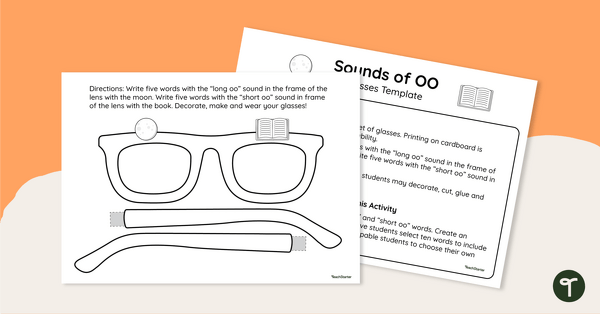
Sounds of OO - Glasses Template
Review the long and short ‘oo’ sound by creating a pair of ‘sOOper’ funky glasses!
- Plus Plan

Bake Off! - Decodable Reader (Level 5)
Develop confident, successful readers with this phonics-based, printable decodable book.
- Plus Plan
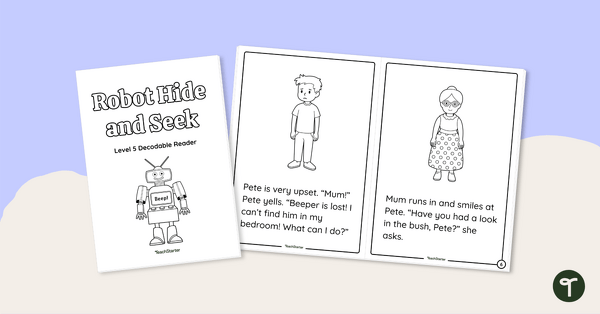
Robot Hide and Seek - Decodable Reader (Level 5)
Develop confident, successful readers with this phonics-based, printable decodable book.
- Plus Plan
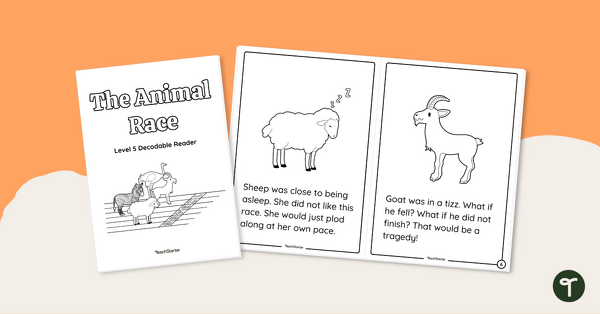
The Animal Race - Decodable Reader (Level 5)
Develop confident, successful readers with this phonics-based, printable decodable book.
- Plus Plan
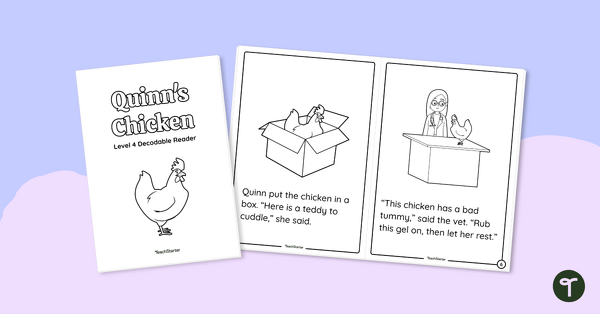
Quinn's Chicken - Decodable Reader (Level 4)
Develop confident, successful readers with this phonics-based, printable decodable book.
- Plus Plan

Long OO Words - Word Search
Explore words containing some of the most common ‘long oo’ graphemes with this set of differentiated word searches.
- Plus Plan
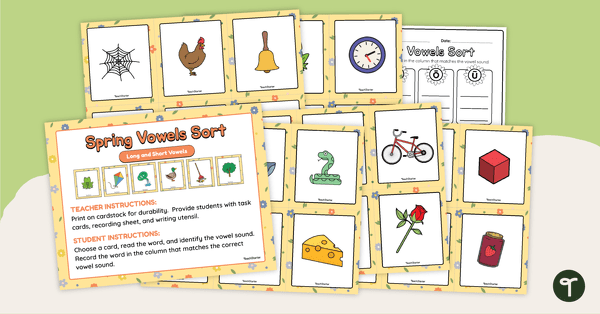
Short and Long Vowel Sorting Activity - Spring
Practise distinguishing short and long vowels with a fun literacy station sorting activity.
- Plus Plan
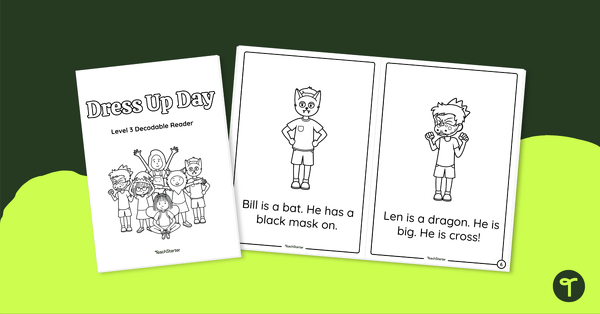
Dress Up Day - Decodable Reader (Level 3)
Develop confident, successful readers with this phonics-based, printable decodable book.
- Plus Plan
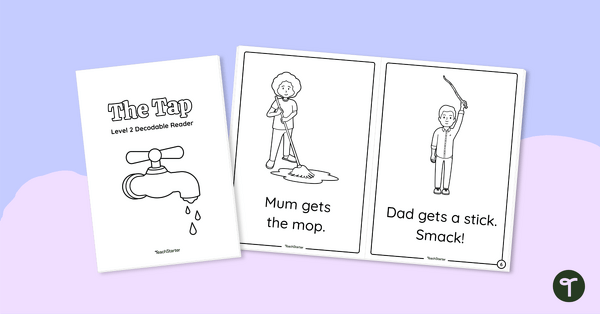
The Tap - Decodable Reader (Level 2)
Develop confident, successful readers with this phonics-based, printable decodable book.
- Plus Plan
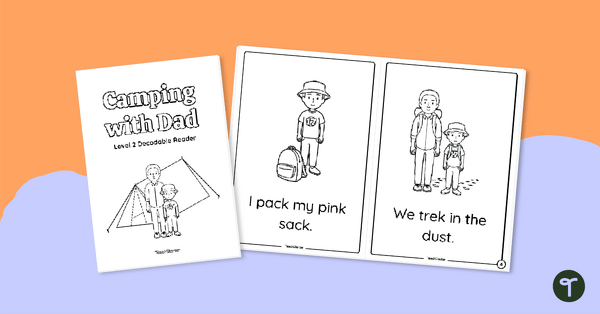
Camping with Dad - Decodable Reader (Level 2)
Develop confident, successful readers with this phonics-based, printable decodable book.
- Plus Plan
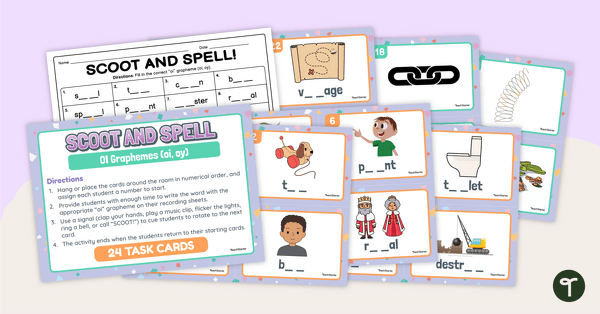
OI Graphemes - SCOOT! Task Cards
Explore words containing graphemes that make the diphthong ‘oi’ with this active classroom game that will get your students moving!
- Plus Plan
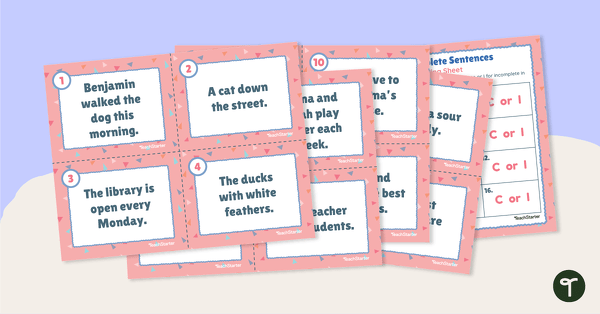
Complete and Incomplete Sentence Task Cards
These task cards are best used as independent practice or formative assessment assignments during sentence structure lessons.
- Plus Plan
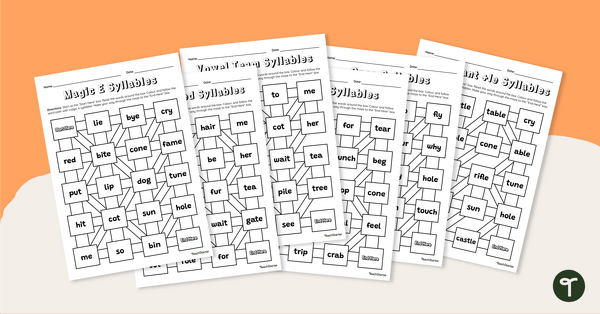
Syllable Type Mazes - Worksheets
Strengthen students’ understanding of the six types of syllables with this set of 6 syllable mazes.
- Plus Plan
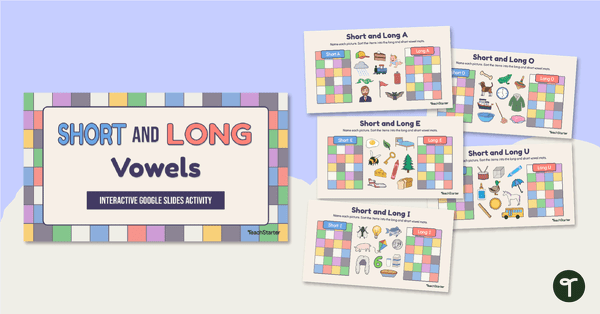
Short and Long Vowels Interactive Activity
Help develop students' phonemic awareness with this interactive activity on short and long vowel sounds.
- Plus Plan
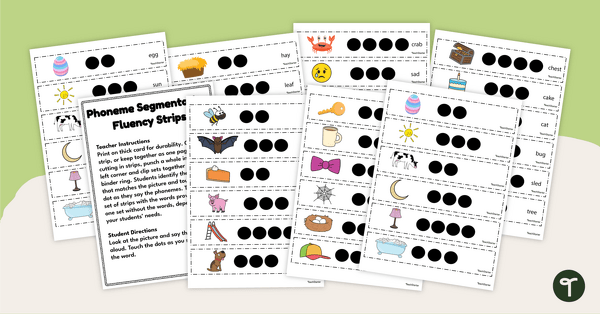
Phoneme Segmentation Fluency Strips
Develop students’ ability to segment and blend phonemes with this comprehensive set of phoneme segmentation fluency strips.
- Free Plan
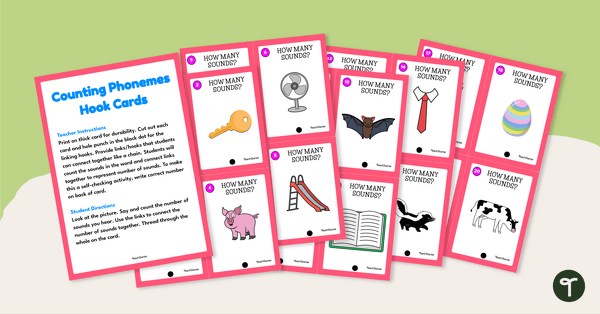
Phoneme Segmentation - Count and Hook Cards
Help students gain mastery in phoneme segmentation with these hands-on count and hook task cards.
- Plus Plan

I Can Count Sounds! - Phoneme Segmentation Worksheets
Practise phonemic segmentation of words with 2, 3 and 4 phonemes with this set of differentiated phonics worksheets.
- Plus Plan
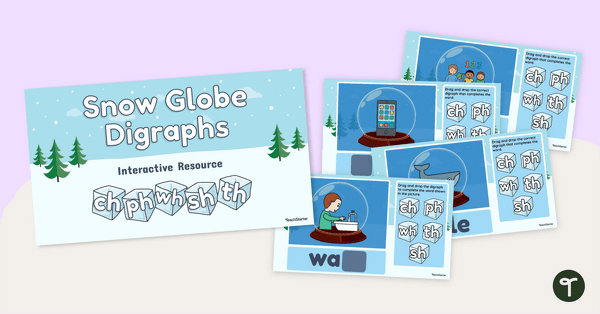
Snow Globe Digraphs - Google Interactive Activity
Bring some winter fun into your phonics lessons with this interactive snow globe activity.
- Plus Plan
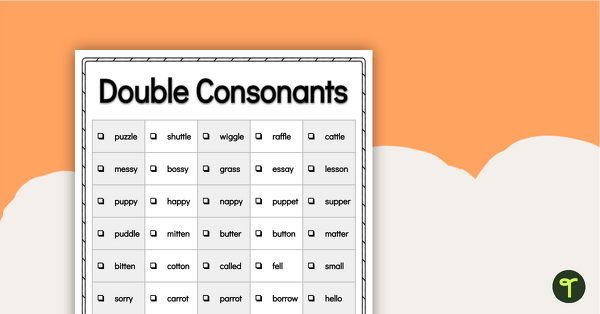
Word Study List - Double Consonants
Introduce and explore words containing double consonants with this extensive list.
- Plus Plan
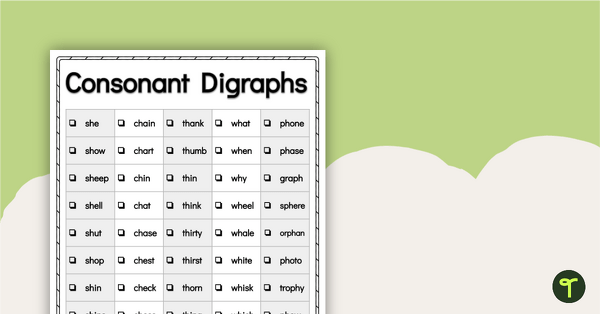
Word Study List - Consonant Digraphs
Introduce and explore common consonant digraphs with this extensive list of words.
- Plus Plan

Word Study List - Prefixes
Introduce and explore common prefixes with this extensive list of words.
- Plus Plan
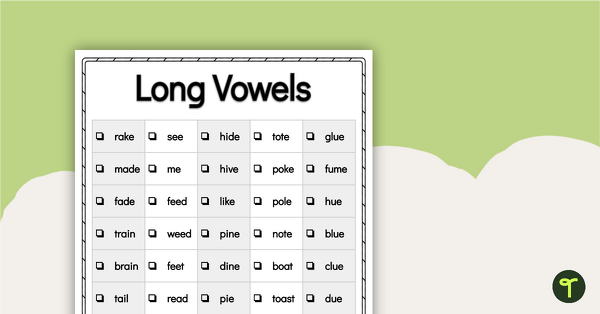
Word Study List - Long Vowels
Introduce and explore words containing graphemes that make long vowel sounds with this extensive list of words.
- Plus Plan
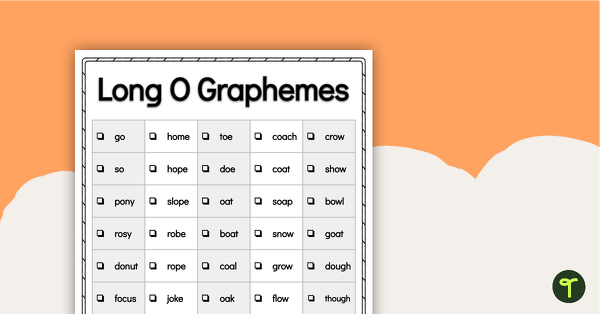
Word Study List - Long O Graphemes
Introduce and explore words containing graphemes that make the ‘long o’ sound with this extensive list of words.
- Plus Plan
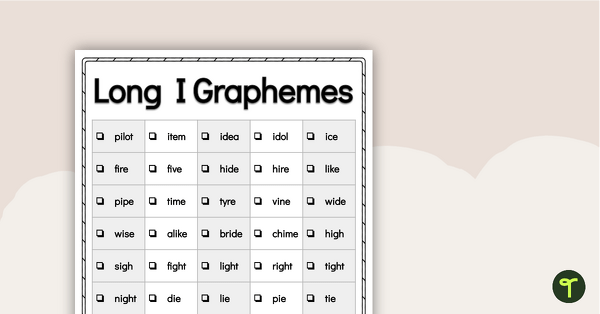
Word Study List - Long I Graphemes
Introduce and explore words containing graphemes that make the ‘long i’ sound with this extensive list of words.
- Plus Plan
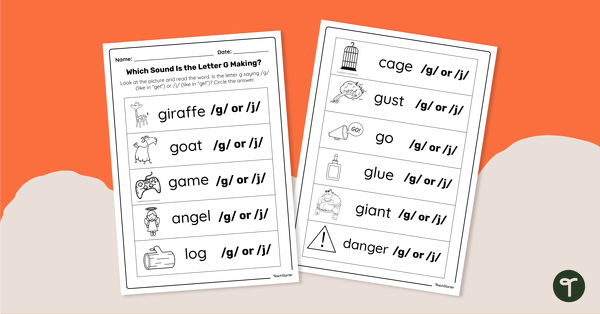
Which Sound? Worksheet - The Letter G
Practise identifying the different sounds made by the letter G with this printable two-page worksheet.
- Plus Plan
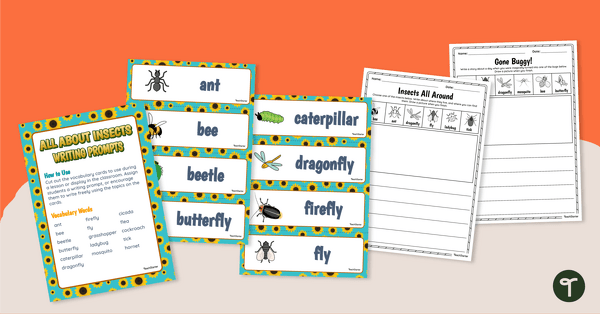
Insect-Themed Flashcards and Writing Prompts
Inspire young entomologists to read and write about insects with minibeast writing prompts and word wall cards.
- Plus Plan
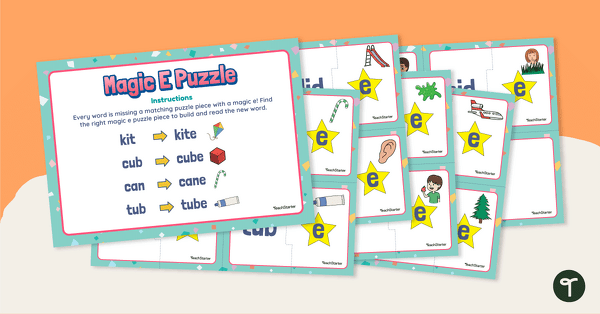
Magic E Words - Match-Up Activity
Explore words containing long vowel sounds created by the magic e.
- Plus Plan
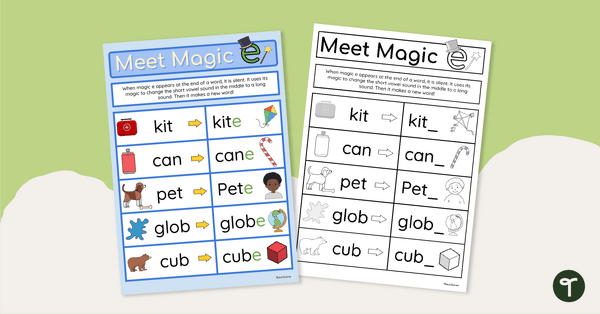
Meet Magic E - Poster
Display this educational poster in your classroom to remind your students how words can be transformed by the magic e!
- Plus Plan

Final 'E' Worksheet Pack (O_E)
Explore words that make the 'long o' sound using the split o_e digraph with this set of 11 worksheets.
- Plus Plan
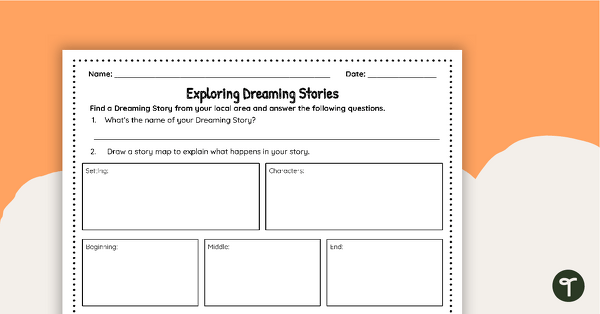
Explore a Dreaming Story – Worksheet
Use this template to explore First Nations’ Dreaming stories and unlock how they connect to Country.
- Free Plan
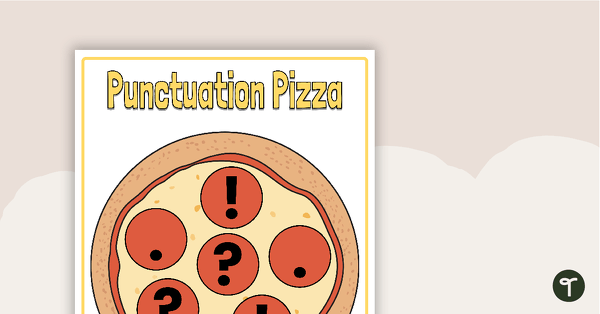
Punctuation Pizza Cover-up Game
Assist your students to recognise and use correct end punctuation with this interactive, hands-on game.
- Plus Plan
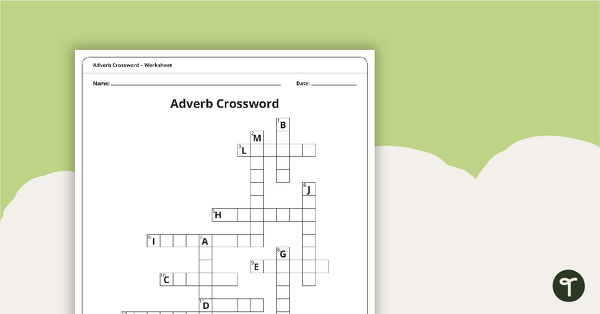
Adverb Crossword – Worksheet
A crossword where all the answers are adverbs.